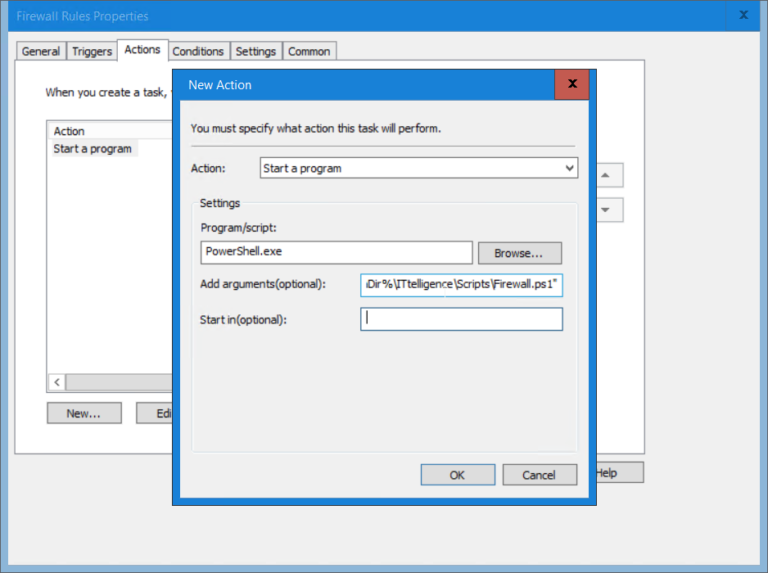

You can see what this looks like in Figure 1.įigure 1. To do so, find PowerShell on the Start menu, right click on the PowerShell icon, and then select More | Run as Administrator from the shortcut menu. If you need to run a PowerShell script as an administrator, you will need to open PowerShell in administrative mode. Use PowerShell in Administrative ModeĮven if you are logged in as an administrator, PowerShell does not automatically allow you to exercise your administrative authority. If you happened to download a malicious script, its ability to inflict damage on your system will be limited by your account’s permissions. This is especially true if you downloaded the script from the internet. However, it’s best to avoid using a privileged account if possible. When you execute a PowerShell script, that script runs with the same permissions as the account you are currently logged in with.ĭepending on what a script is designed to do, you may sometimes need to run the script with administrative privileges. So, seeing that PowerShell scripts can be unquestionably useful, how do you run them? A Word of Cautionīefore I explain how to run a PowerShell script, I need to give a quick word of caution. In my own organization, I use PowerShell scripts to monitor disk health. Such a script might create a user’s Active Directory account and add the user to a group. Similarly, organizations often run PowerShell scripts to automate the process of onboarding new users. Microsoft, for example, sometimes provides PowerShell scripts to automate difficult configuration tasks.

PowerShell scripts have a wide variety of purposes.


 0 kommentar(er)
0 kommentar(er)
